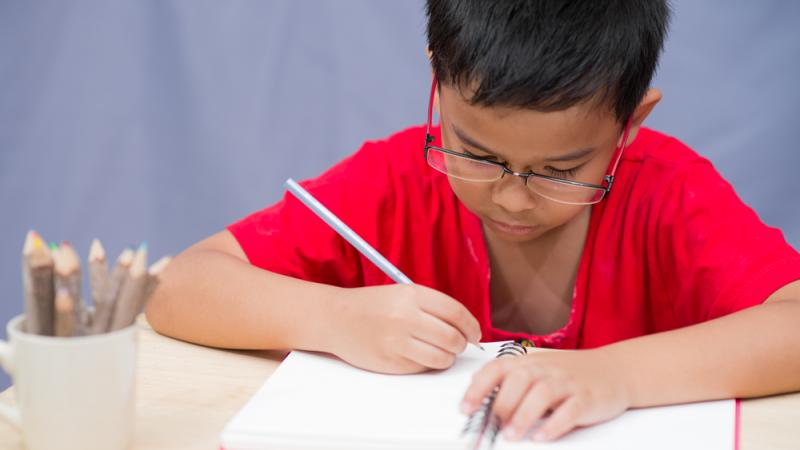Three Golden Rules of Active Listening
How much time did you spend talking today, and how much time did you spend listening?

In a busy world there are many things that get in the way of listening, the main one being our attitude.
Perhaps you can relate to this:
You’re busy with some last-minute paperwork when a student comes up to you and says, “That maths was really .…” Before she can finish you jump in with “Oh! You poor thing, multiplication is so tricky!” You look up at the student as she rolls her eyes and says, “I was going to say fun!”
In reality, most of us have interrupted someone in the middle of a conversation, finished another person’s sentence, given advice that was not asked for, or misjudged what a person said and jumped to conclusions that were wrong.
These are all roadblocks to effective listening, and if we expect children to listen to us, we must lead by example. The good news is that there are three things you can start doing right now, to model active listening.
“Most people do not listen with the intent to understand, they listen with the intent to reply” - Stephen R. Covey
Three ways to model active listening
Pay attention
When you want show someone that you are interested in what they have to say, you need to pay attention, and follow these three golden rules:
1. Stop what you are doing
When it feels as if you have a million things to get done by the end of the day, it’s tempting to continue doing routine tasks while you are listening. However, you can’t fully listen when your mind is on other things. So when you really don’t have time to listen, say so. Even a young child knows when you are not paying attention to them.
2. Filter out distractions
With so many things going on throughout the day, it can be a challenge to filter out distractions. Whether you are at home or at work, try to zero in on what is important, stop multitasking and focus on one thing at a time, and turn off the constant ping of phones, emails and texts.
3. Focus on the speaker
Our brain processes information very quickly, and this leaves lots of space to think about other things while we’re meant to be listening.
A strategy, which is useful to help children focus, is to teach them to listen with their whole body. This means:
- face the speaker
- look at the person who is speaking
- think about what they are saying
- stay silent
- keep hands and feet still
- care about what someone is saying
In our video on Active Listening: Helping Students Become Better Listeners, we explore active listening further, and look at how to give feedback and respond appropriately, through both verbal and non-verbal communication. You can preview the video here.


